
coltsfan76
gamer level 9
88391 xp
88391 xp
followers
154
154
Use my invite URL to register (this will give me kudos)
https://boardgaming.com/register/?invited_by=coltsfan76
profile badges




recent achievements

Professional Advisor
Submit 25 game tips, strategies, or house rules and receive a total of 1200 positive ratings.
Submit 25 game tips, strategies, or house rules and receive a total of 1200 positive ratings.

Senior
Earn Professor XP to level up by completing Professor Quests!
Earn Professor XP to level up by completing Professor Quests!

Guardian Angel
Give 2500 hearts (loyalty points) to a single game
Give 2500 hearts (loyalty points) to a single game
Player Stats
Critic (lvl 3)
1325 xp
1325 xp
Explorer (lvl 7)
17250 xp
17250 xp
Professor (lvl 4)
1643 xp
1643 xp
Reporter (lvl 6)
6735 xp
6735 xp
About Me
I will play (most) anything once. While I grew up on Axis & Allies, I prefer shorter less random games these days. My favorite genre is worker placement at the moment with Stone Age a long time favorite and Village the new kid on the block. Absolute favorite game is Memoir '44. Current obsessions are Trajan and X-Wing.
I am a volunteer play tester/demoer for Fantasy Flight Games and editor/play tester for Valley Games. Monday nights are spent playing games at the NW Indiana Board Gaming Association meet ups in Merrillville. Stop by sometime!



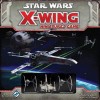






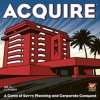



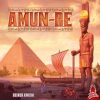


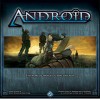





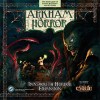
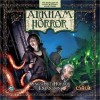
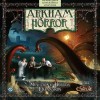
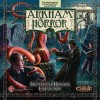















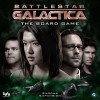
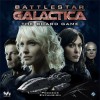

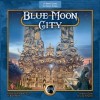




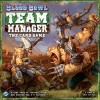

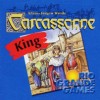
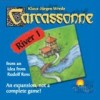

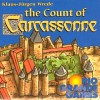














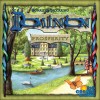
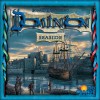


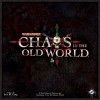

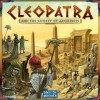
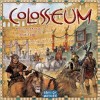






































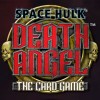




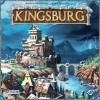





















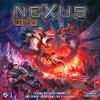








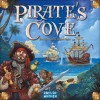







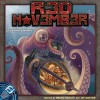


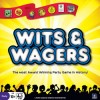



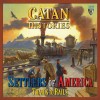


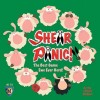




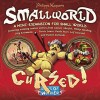
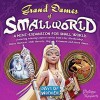

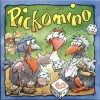









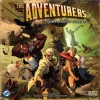









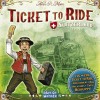



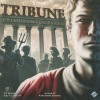









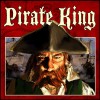

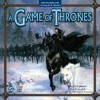























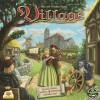


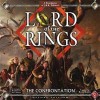
















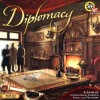





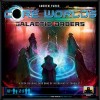




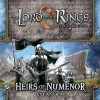

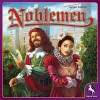
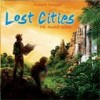





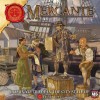

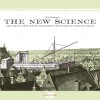
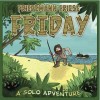


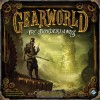

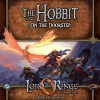
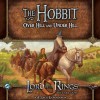



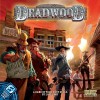




















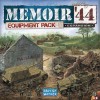



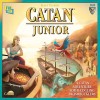




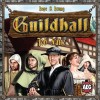





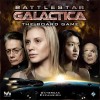
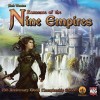






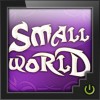







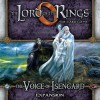






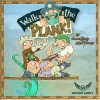





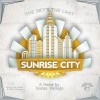







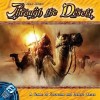

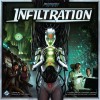
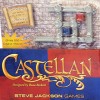



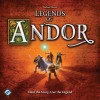
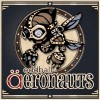

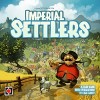
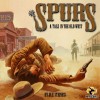


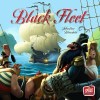

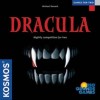


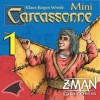
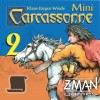



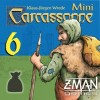












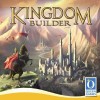













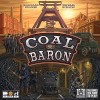








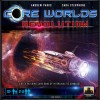






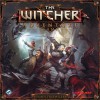



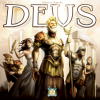



















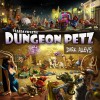




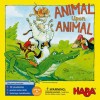





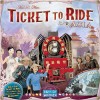

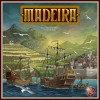
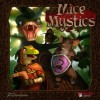









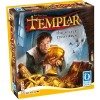



















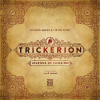

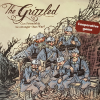


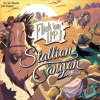
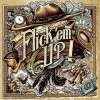







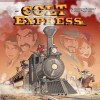



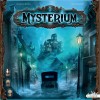





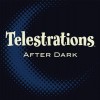











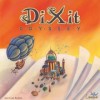



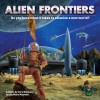


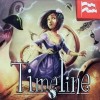












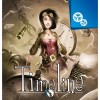
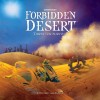
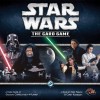


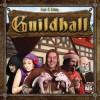




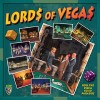





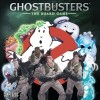


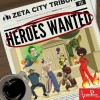




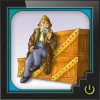







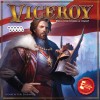


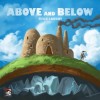






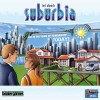







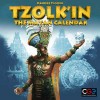
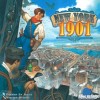
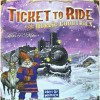







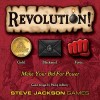


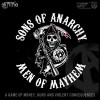


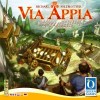

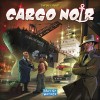



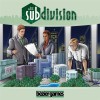







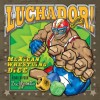




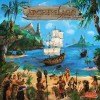

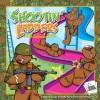



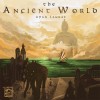




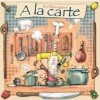


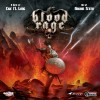
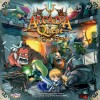
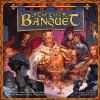


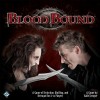

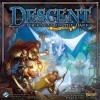

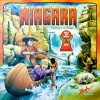

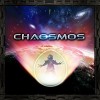
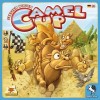


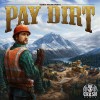
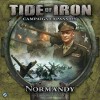
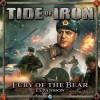
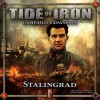

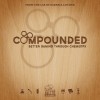
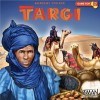


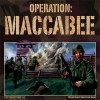





Love Letter
What Is It About? – An Overview of the Game
The princess has secluded herself in grief. Suitors attempt to woe her with love letters. Those closest to the princess will attempt to pass along these letters.
In this quick game from Alderac Entertainment Group (AEG), 2-4 players take on the role of the potential suitors. They play the royal courtesan cards by bluffing, deducing, and gambling their way into the princess’ favor. Play lasts over several rounds until one player finally breaks the princess free from her emotional prison.
What Do I Get? – The Components in the Box
The game includes a deck of 20 cards (including 4 reference cards), 13 wooden cubes, a very small rule booklet, and a nice velvet drawstring bag to store it in. Unfortunately, the cards are a bit thin with reports of a bad batch that are delaminating or otherwise getting marked up. Be sure to sleeve these right away or contact AEG for a replacement deck.
What Do I Do? – Playing the Game
Game play is very simple. The deck is shuffled with the top card set aside unseen (a total of 4 cards are set aside in the 2-player game). Each player is dealt one of the remaining cards, which they keep hidden from the others. On their turn, a player draws a 2nd card and then must play one of their 2 cards in front of them while resolving the effect. Play passes to the left until only one player remains or the deck of cards is exhausted. The winner of each round takes a token of appreciation. Rounds are played until one person collects enough tokens to win (7 in a 2-player, 5 in 3-player, or 4 in a 4-player).
The intrigue comes from the effects of the cards. The goal is to eliminate the other players or at least hang on until the cards run out. Cards are numbered 1-8 with 8 being the most “powerful” Princess. The lowly Guard, at value 1, has 5 copies. But she has one of the most powerful effects being able to knock out any player, as long as she can guess the card that a single player is holding. You try to take an educated guess based on what cards have been played (discards are always visible), how players have previously played, or by using the power of other cards in previous rounds, such as the Priest (a ‘2’) who can look at any player’s card.
The higher valued cards usually don’t do as much in their effect. The Princess knocks you out of the round if you are ever forced to discard her. The Countess at ‘7’ is the second highest (as the princess’ best friend) but the only effect is she must be discarded if she “sees” the King or one of two Princes. She is forced out in the open if you hold either the ‘6’ or ‘5’ respectively.
The reason you want to hang on to the high cards is that if more than one player remains once the deck is depleted, the person with the highest card wins that round, being closest to the Princess. The Baron, at value 3, can also be played to compare two players straight up, with the lowest getting eliminated. So here the Princess-Baron combo can knock out any player.
What Do I Think? – Final Thoughts
This is a delightful little game as intriguing as it is simple. Rounds are quick and the overall game is very fast as well. There is the right mix of bluffing while logically trying to figure out what others might have. A decent balance of rock-paper-scissor is here as well: high cards are great to have but do a little less for you during the game while low cards are more effective but can get knocked out easier.
The art is wonderful and the theme seems deep enough for such a light game. It is highly portable in its little pouch. It is quick to teach and quicker to play. This is something that works as a nice filler, an early starter to get people thinking, or a decent night cap to close out the night. The price is right to make this a must have in any collection.
As mentioned, the only negative is to get these cards sleeved. Any mark on the back of such a small deck will definitely ruin the experience.
What Next? – Other Recommendations for this Game
This game reminded me of a lighter, faster Citadels. The art is similar with its medieval theme. The cards are of course numbered and have varying abilities. What you don’t have is the main goal of collecting gold to build buildings and the potentially drawn out end game. But for those looking for a little more depth, Citadels seems the next logical step.
In addition, AEG is pushing this Tempest setting. The games share nothing more than the characters, I believe. But the short little back story and character development they set up here makes me want to take a look at what else they are putting in this universe. The other games are Courtier, Dominare, and Mercante.